Today’s recipe is one of the most iconic of all Italian cuisine: traditional Lasagne alla Bolognese.
From the preparation to the ingredients, this recipe highlights the quintessential “richness” of traditional Bolognese cuisine. It’s not an easy & quick recipe – I have to admit that – but all you just need to do is to prepare and enjoy this dish with your family for a very special day!
Lasagne recipe | Ph. FedeCortezzi
Lasagne recipe | Ph. FedeCortezzi
Lasagne | Ph. FedeCortezzi
Lasagne recipe | Ph. FedeCortezzi
Lasagne recipe | Ph. FedeCortezzi
Lasagne recipe | Ph. FedeCortezzi
Grandmas and mothers in Italy are true heroes and preparing Lasagne is like “a time machine” that make you relive all the memories they brought to us. Once it was me with Nonna in her tiny kitchen preparing it, and now my son is living the same experience with me. He is attentive, curious to create this dish and to try them too.
Lasagne, being his favourite meal, will give him long-lasting memories that he will recall for a lifetime.
In Italy, this is tradition, passion, and family all blended together. I hope you will enjoy it!
Recipe
Ingredients
LASAGNA BASE
4 medium eggs
340g flour 00 kind (+ 120g flour after mixing the spinach)
160g cooked spinach
BECHAMEL SAUCE
1l Milk
100g Butter
100g Flour
Salt & Nutmeg to taste
RAGU’ BOLOGNESE
You can find here the recipe
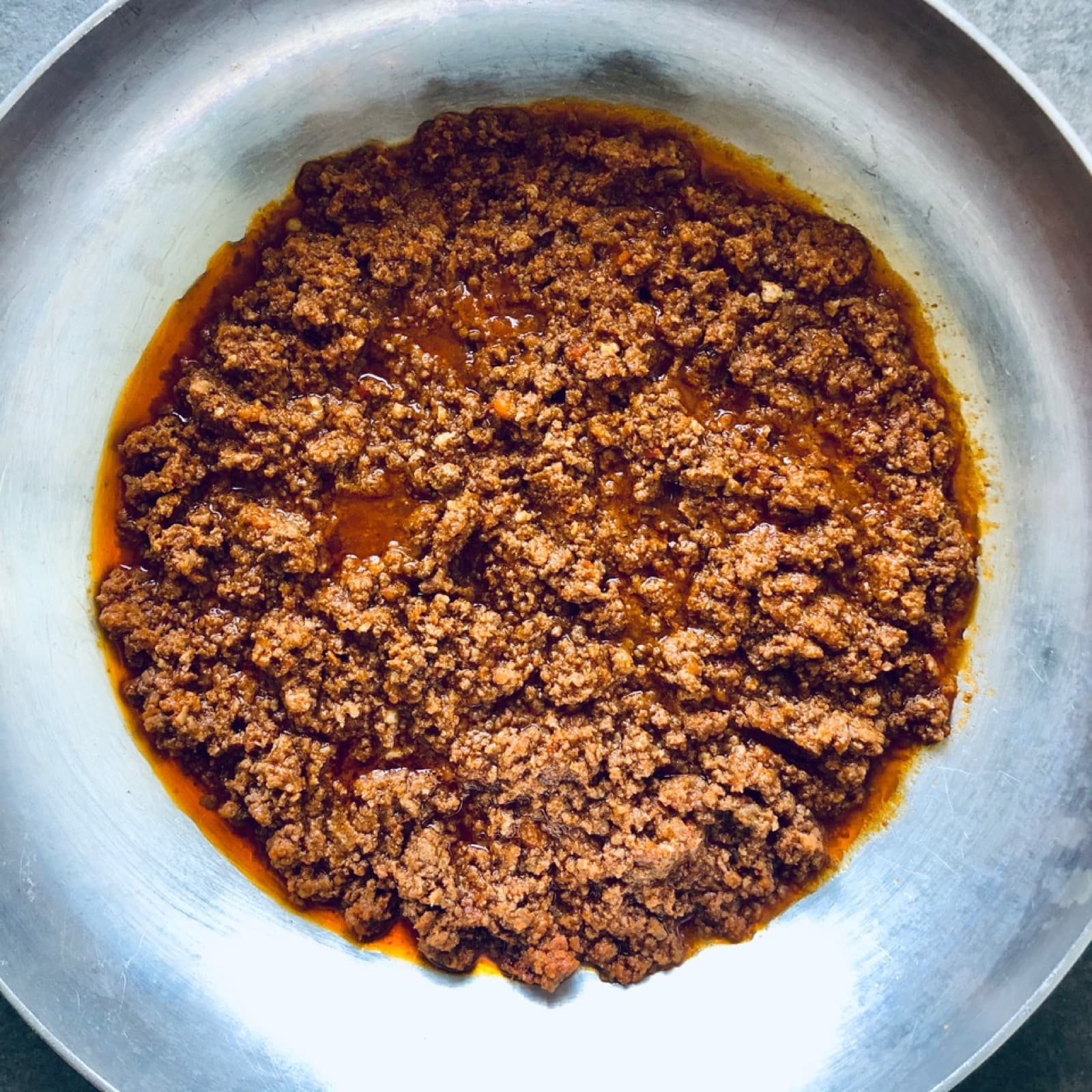
Ragù | Ph. FedeCortezzi
Preparation
Place 340g of the 00 flour into a large wooden board (if you have you can use the pasta mixer to save time).
Pour the remaining 120g of flour into a small bowl, ready to use when necessary.
Shape the flour into a volcano with a large hole in the center, then crack the eggs into the middle.
Using a fork, lightly beat the eggs, then mix in the flour a little at a time.
Now add the spinach puree (previously blended to create a smooth texture) and keep mixing till it is completely integrated. It is essential that the flour is gradually beaten into the eggs to ensure the walls of the volcano don’t break too soon. Add the rest of the flour (120g).
If the dough is still too moist consider adding a bit more flour.
Remember always to add the flour gradually for having a soft dough (if it is too dry you will not be able to work the dough with the rolling pin later).
Bring the mixture together with a spatula and your hands until you obtain a consistent ball of dough. Work the dough with the heel of your hand for 10–15 minutes (until the mixture is smooth, not sticky, and very elastic). Wrap the dough in cling wrap and let it rest for at least 30 minutes.
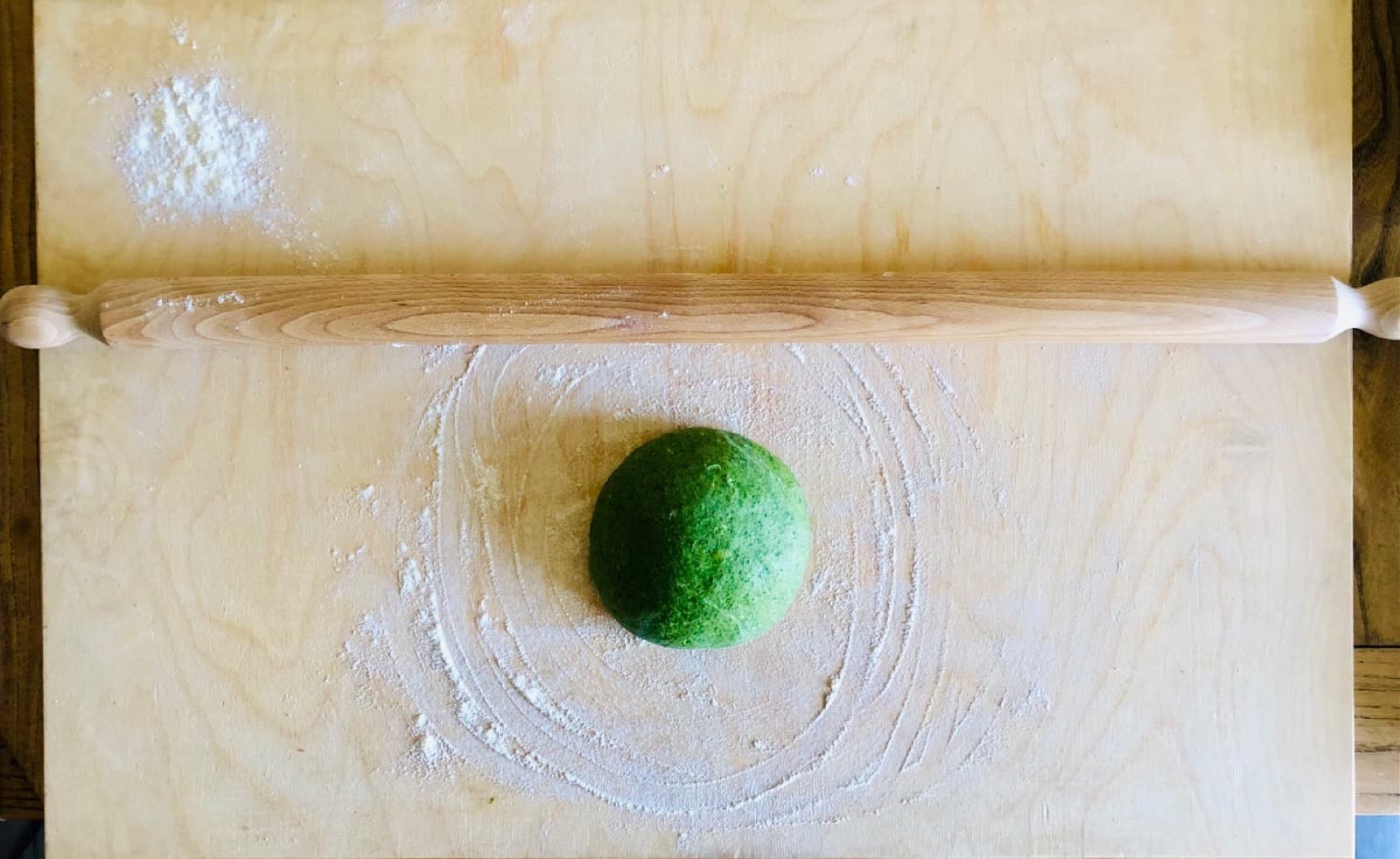
Dough | Ph. FedeCortezzi
In the meantime, prepare the béchamel sauce.
Heat the milk in a saucepan, without boiling it. In another pan, place the butter and let it melt.
Add the flour in one go and cook for a few minutes until you get a golden roux.
Then, pour the hot milk three times, mixing well. Add salt and flavor with nutmeg.
Continue to mix until you get a creamy béchamel.
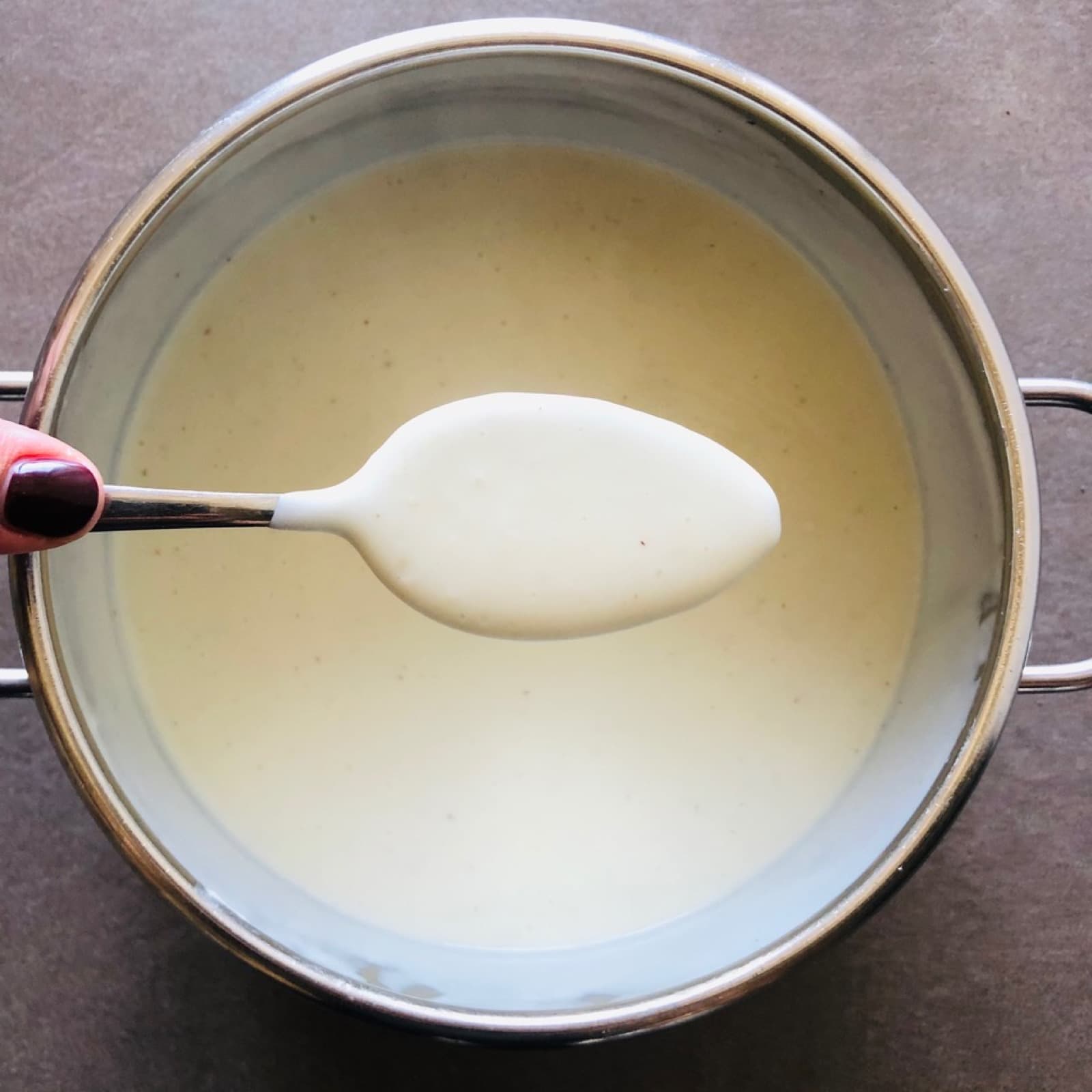
Béchamel | Ph. FedeCortezzi
Dust a wooden board with 1 tbsp of flour.
Unwrap the dough and flatten it with a rolling pin.
Roll out the dough into a pasta sheet, 2mm thick (or thinner if you like more).
Start cutting the sheets to form rectangles.
Continue this way until the dough is finished and in the meantime put a pot of water on the stove and add salt. When it starts to boil, immerse one sheet at a time.
Wait 30-40 seconds and using a skimmer drain it.
Transfer it to a tray and dab to remove excess water.
Continue this way, placing the side of the cooked sheets by side, without overlapping them.
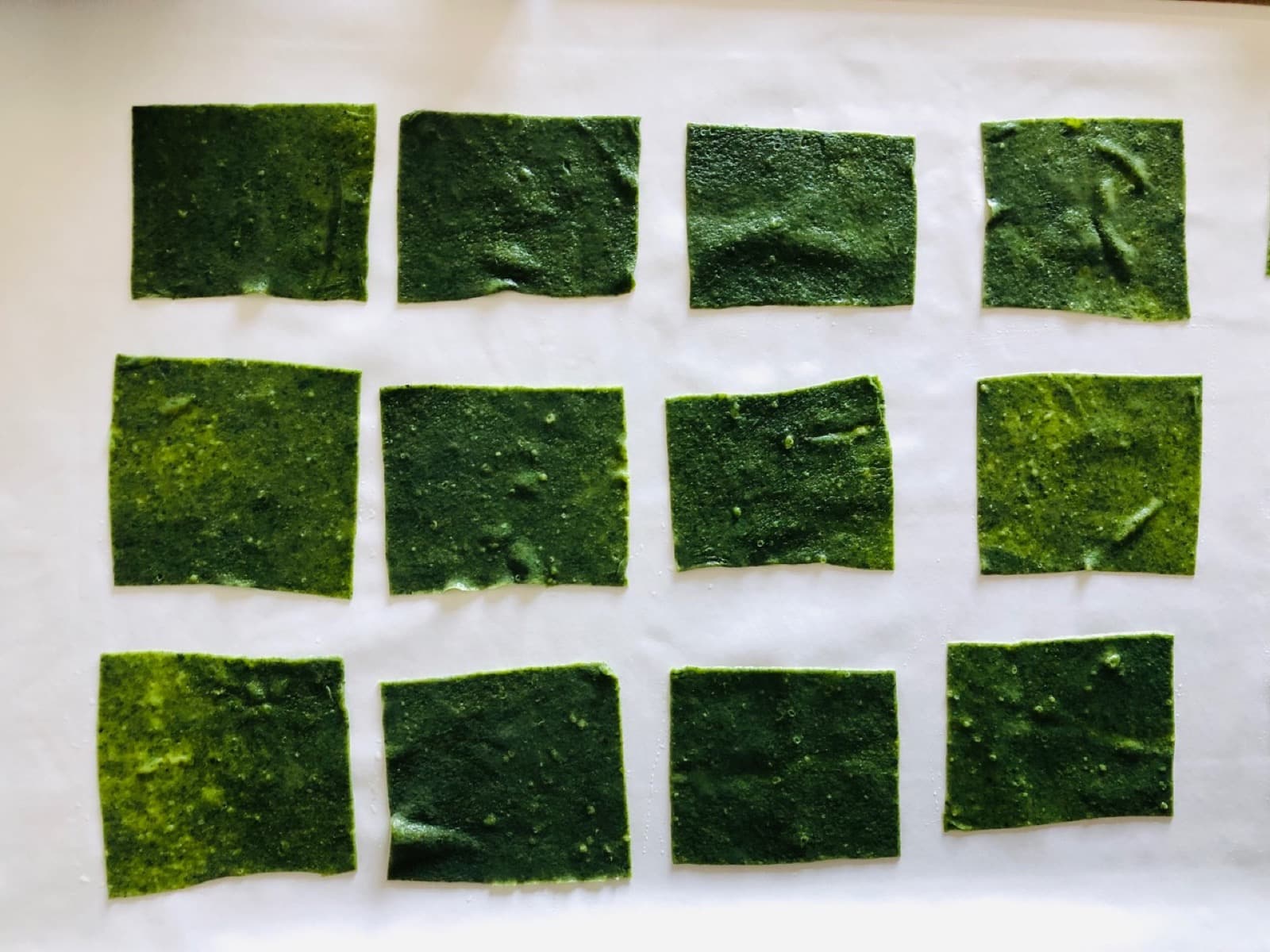
Lasagne recipe | Ph. FedeCortezzi
Proceed then, once finished boiling the sheets, with the composition of the lasagna.
Take a large pan (the size you prefer) and add a thin layer of béchamel then place the first sheet.
Add a layer of béchamel and a layer of ragù Bolognese and place another sheet of pasta on top.
Add another layer and repeat the same procedure continuing until you have 5 layers.
After placing the last sheet, add the ragù Bolognese and béchamel, in order to completely cover the pasta
sheet. Sprinkle with grated Parmigiano Reggiano cheese and bake in a preheated static oven at 170°C for 40 minutes.
Food History
This rich and tasty dish, originates from the Emilia-Romagna region in the city of Bologna.
Lasagna, however, is known, appreciated, made, remade, tasted, and shared not only throughout Italy but also abroad as an Italian symbolic dish.
Layers of green egg pasta, dressed with the classic traditional ragù, béchamel and grated Parmigiano Reggiano cheese. It is considered an institution, typical for Sunday lunches.
As is the case for many dishes of Italian cuisine whose origins go back in time, lasagna was quite different centuries ago from how it is today, evolving and acquiring several variations before being codified in the classic version of Bolognese cuisine.
The traditional Lasagna alla Bolognese is a first course consisting of layers of thin pasta dough made with flour, egg and spinach; between each layer are ragù sauce and béchamel. The top layer is lightly sprinkled with Parmigiano-Reggiano cheese; the preparation is then baked.
The term ‘lagana,’ already in use in Roman times, referred to square- or rectangular-shaped thin sheets obtained from a mixture of wheat flour, then baked or fire-cooked.
The practice of boiling mixtures of water and flour dates back to the Middle Ages; lasagna was one of the most popular formats. A famous quote from this time is by Fra’ Salimbene da Parma, who, in 1284, thus described a chubby friar eating lasagna: “I’ve never seen anyone stuffing himself on lasagna with cheese so pleasurably and so fully as him.”
This hints at the introduction of cheese in the recipe.
Eggs would not be used in the dough until the Renaissance.
Tomato appeared in the recipe for the first time in the 1880s in Naples; while the use of layered lasagna in vogue today is due to Francesco Zambrini from Bologna, who introduced it in the 19th century.
The success and fatherhood of Bolognese lasagna are due to some Bologna-based restaurateurs who popularized the use of spinach in the dough at the beginning of the 20thcentury and around the same time the use of ragù sauce, béchamel, and grated Parmigiano.
As with any traditional dish, there are many recipes and variations of Bolognese lasagna, but the Accademia Italiana di Cucina (Italian Kitchen Academy), after careful analysis, has registered what can be considered the original and traditional recipe at the Chamber of Commerce of Bologna, and it consists exactly of the three main ingredients mentioned above: egg pasta dough with spinach, ragù sauce, and béchamel.
Author

Fede’s Food Blog
Passionate for food & travel, I loved living in China for 12 years and exploring a different culture. I had the opportunity to discover new flavors and unknown ingredients in the cooking process and became inspired in my own recipes. Tradition though is still an important part of my life. Tradition is the origin of my passion, it’s where everything came from: looking at my Nonna cooking in a tiny kitchen in a little village in Italy’s Emilia-Romagna Region is where my love of food was born.
Communication is another important asset of my philosophy: I love photography. I believe images have strong communication power in creating emotions. That’s why recipes will always be introduced by photos of my creations. Looking at pictures of my dishes will be a travel in time and space, entering the kitchen and enjoying the taste of authentic Italian creations.
You may also like
Ragù alla Bolognese: the original bolognaise sauce
by Fede’s Food Blog /// February 10, 2021

Interested in our newsletter?
Every first of the month, an email (in Italian) with selected contents and upcoming events.
La Spoja Lorda, un piatto della tradizione romagnola
by Davide Marino /// February 19, 2020
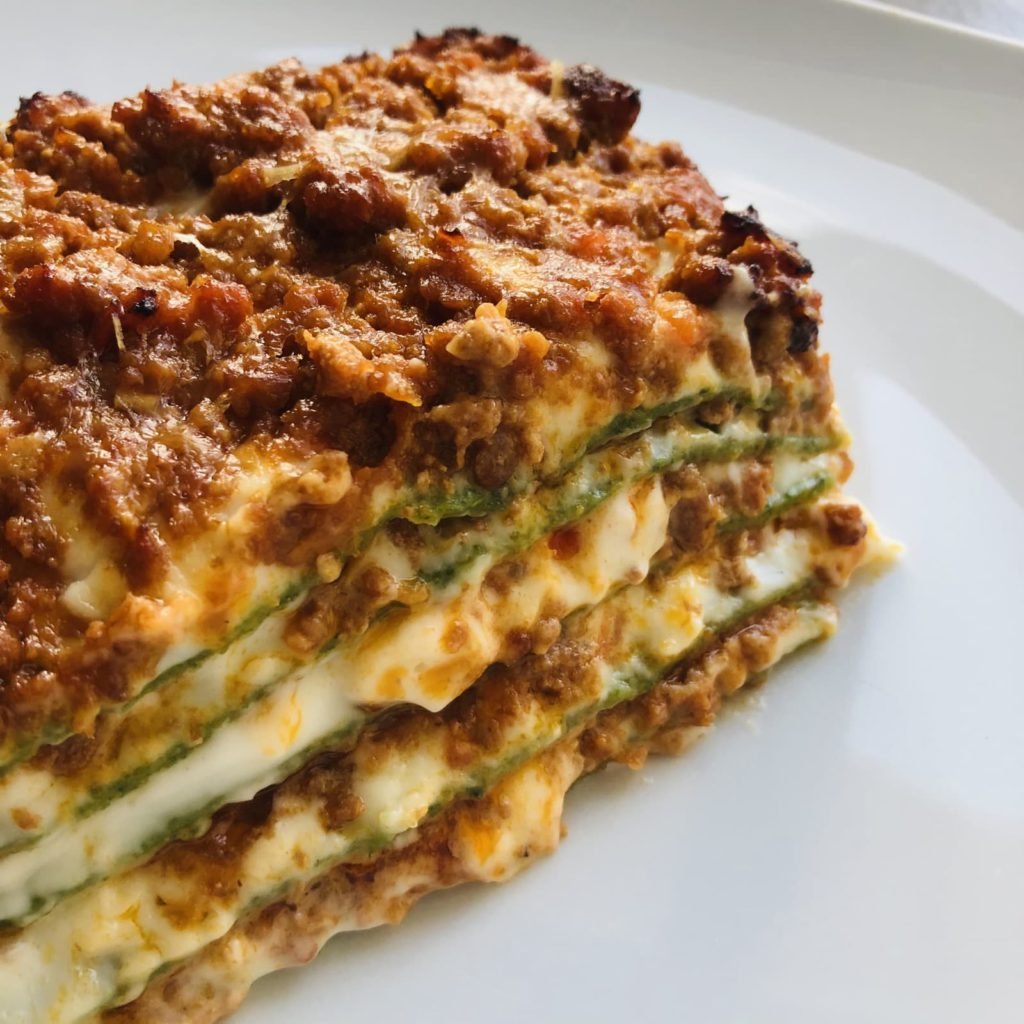
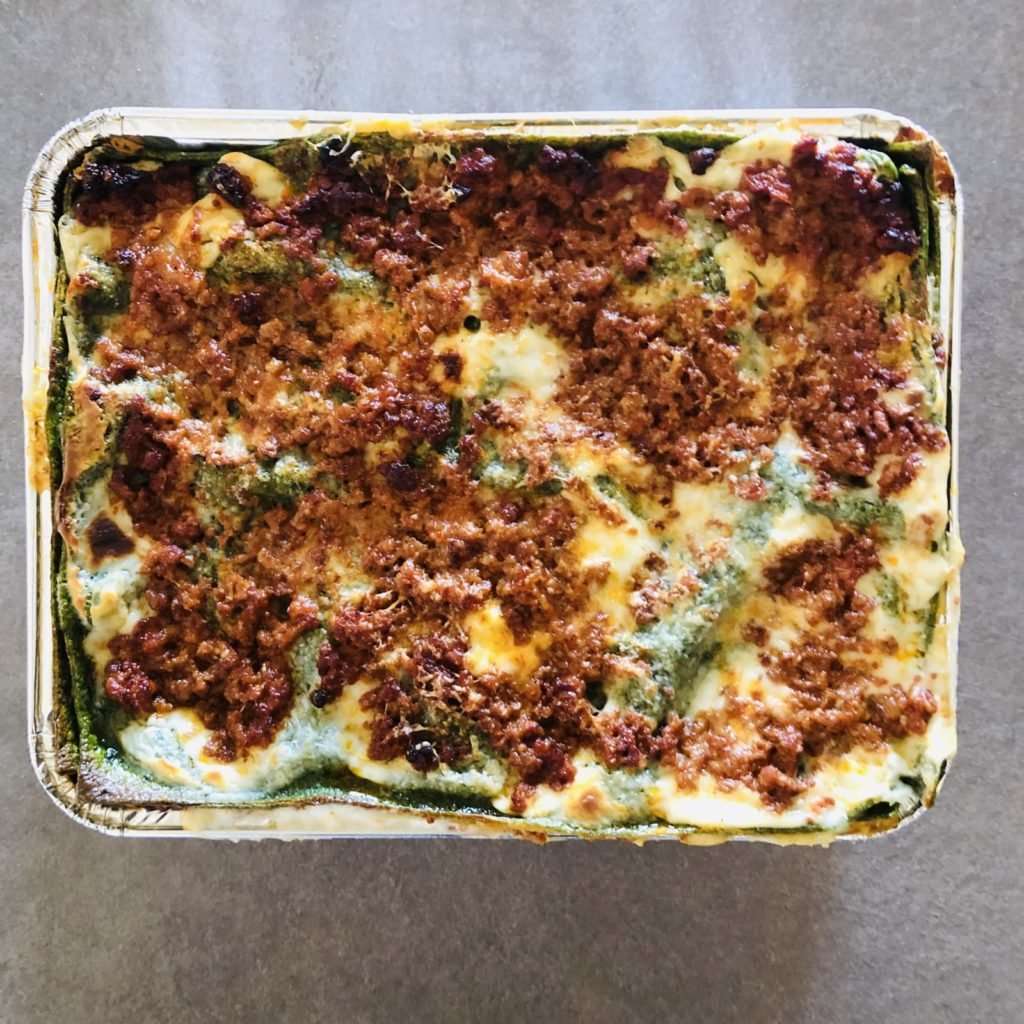

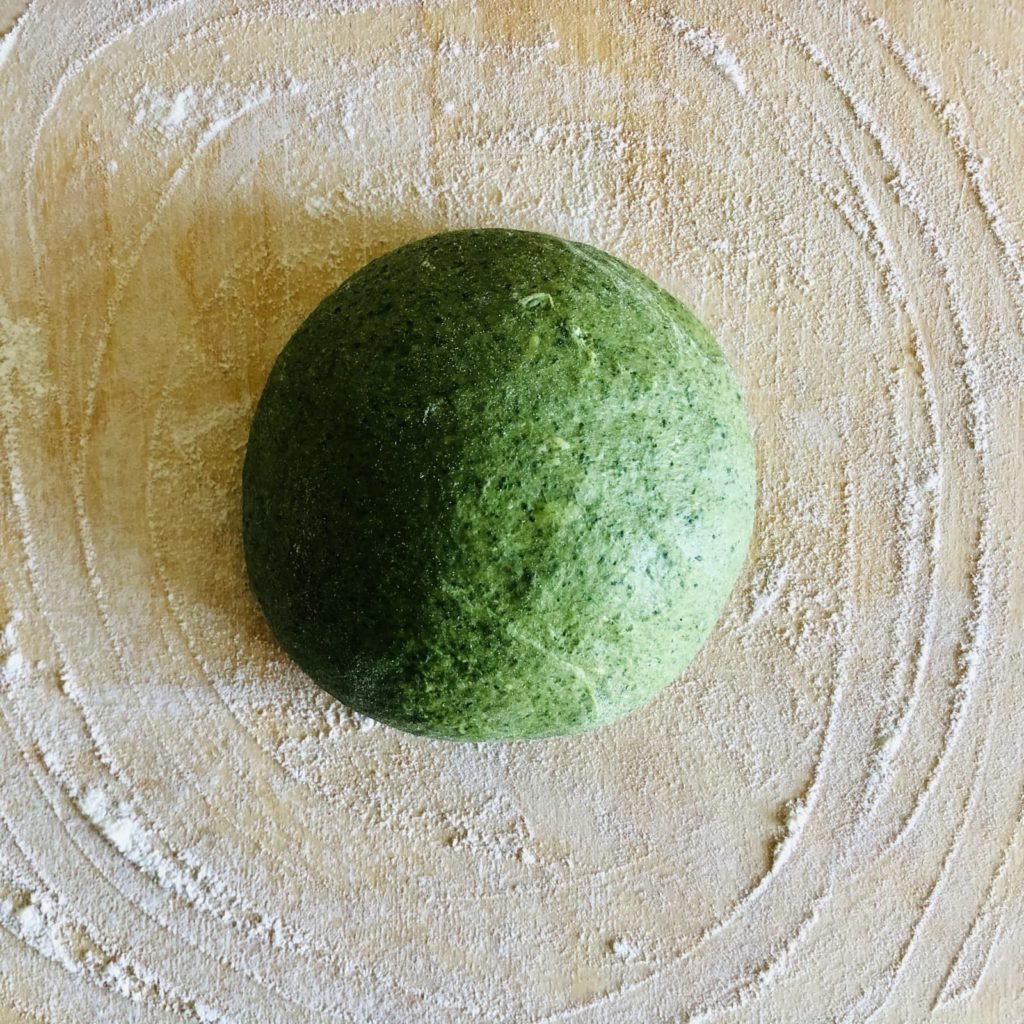
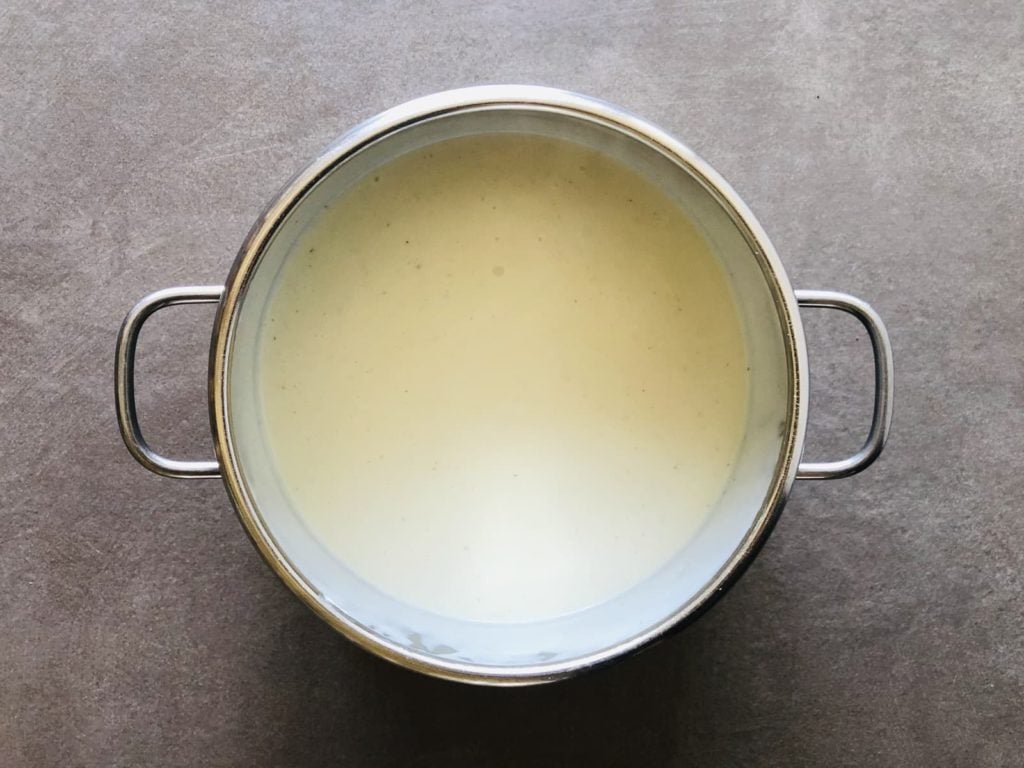
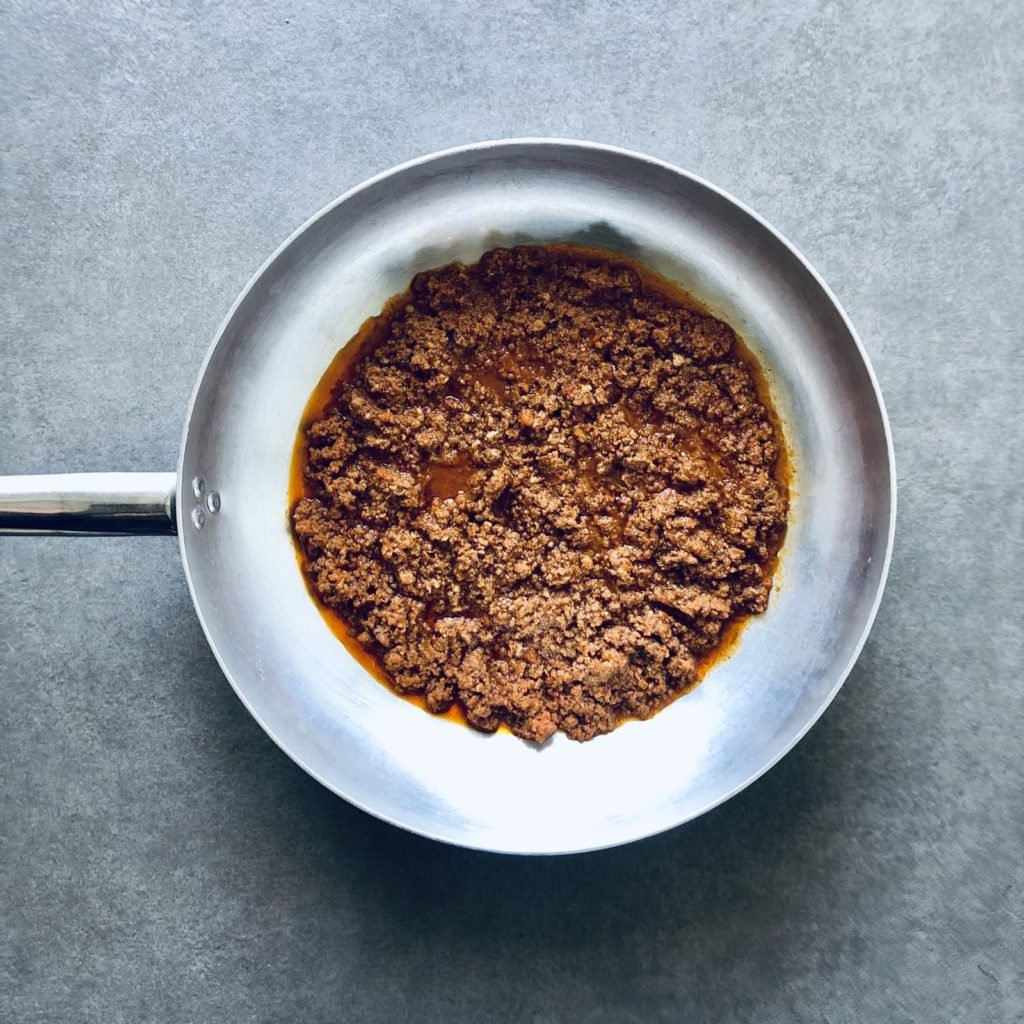



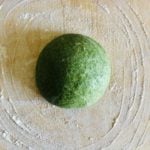
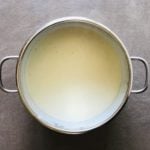

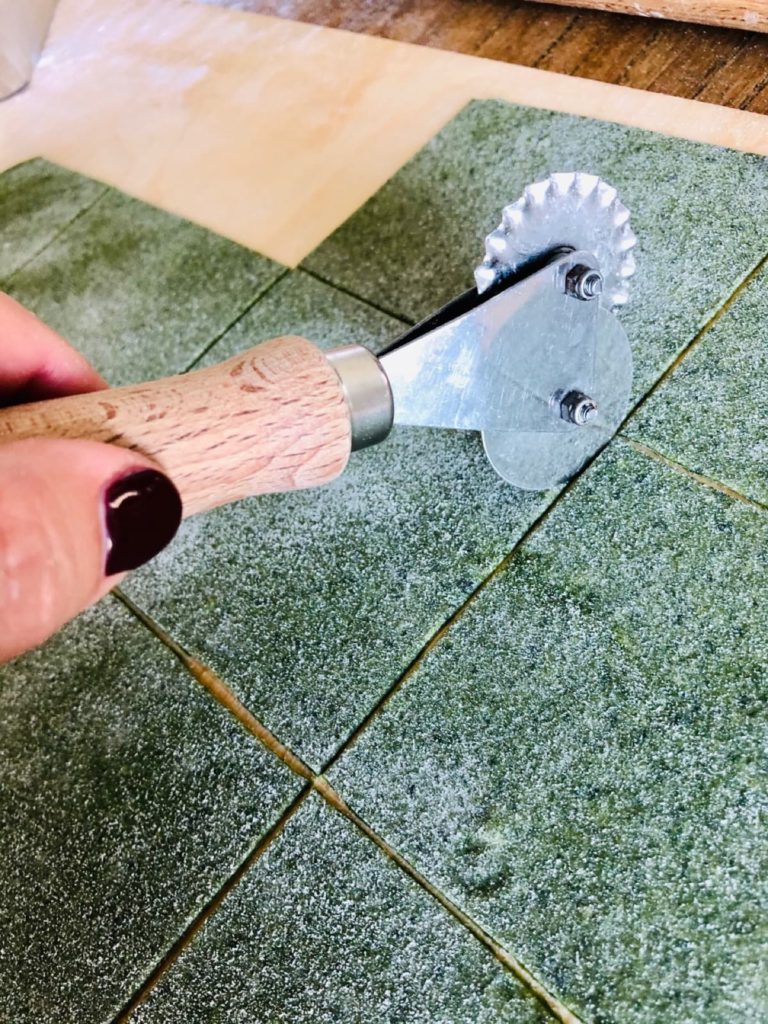
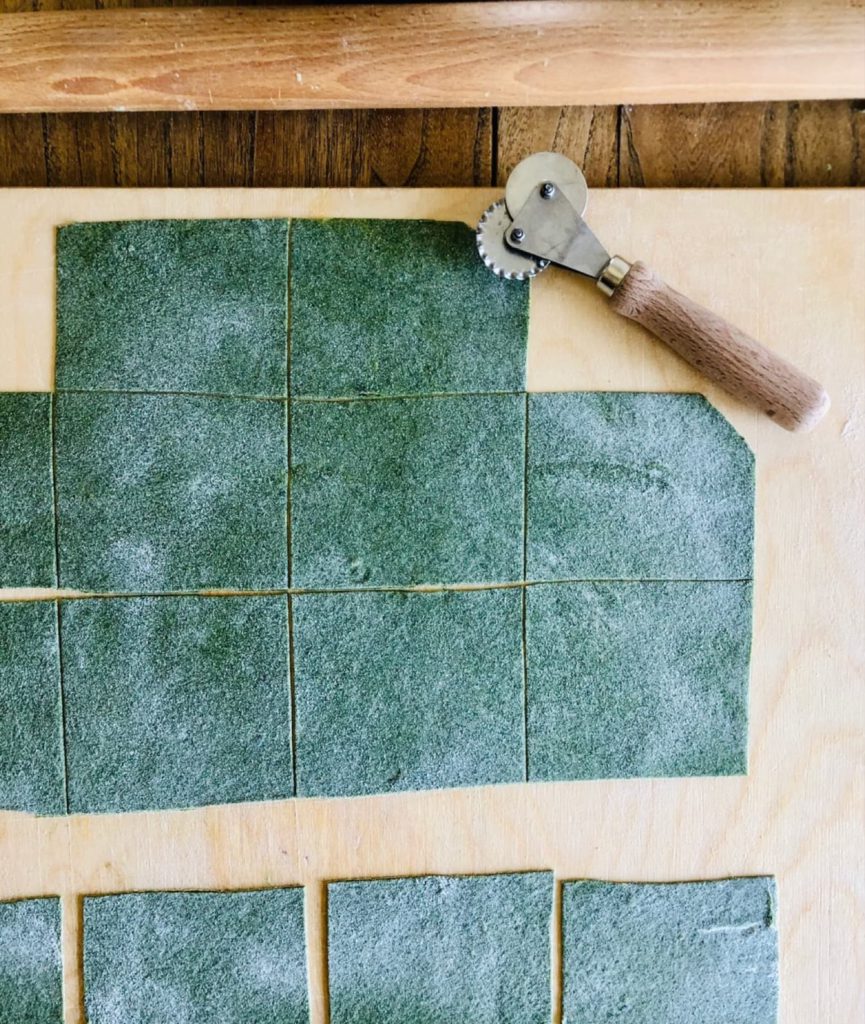
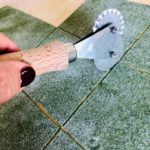

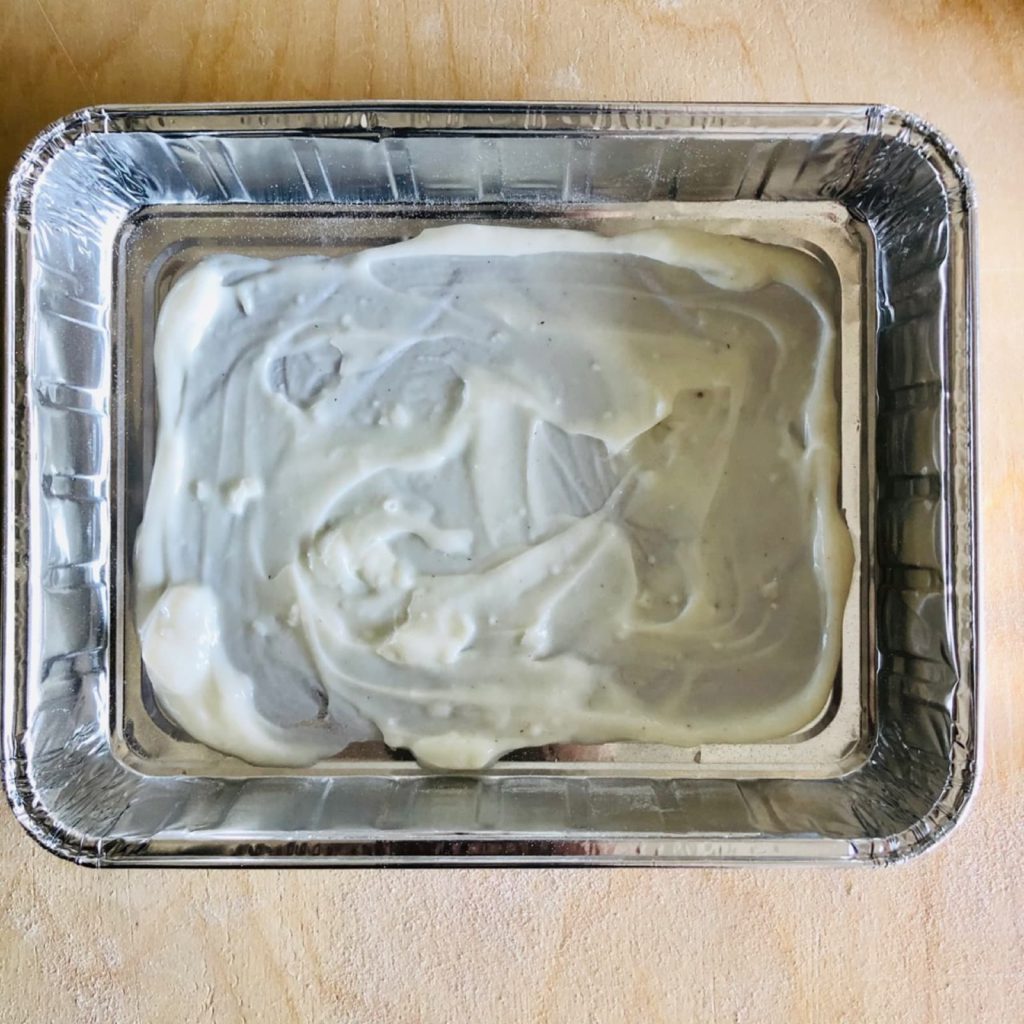
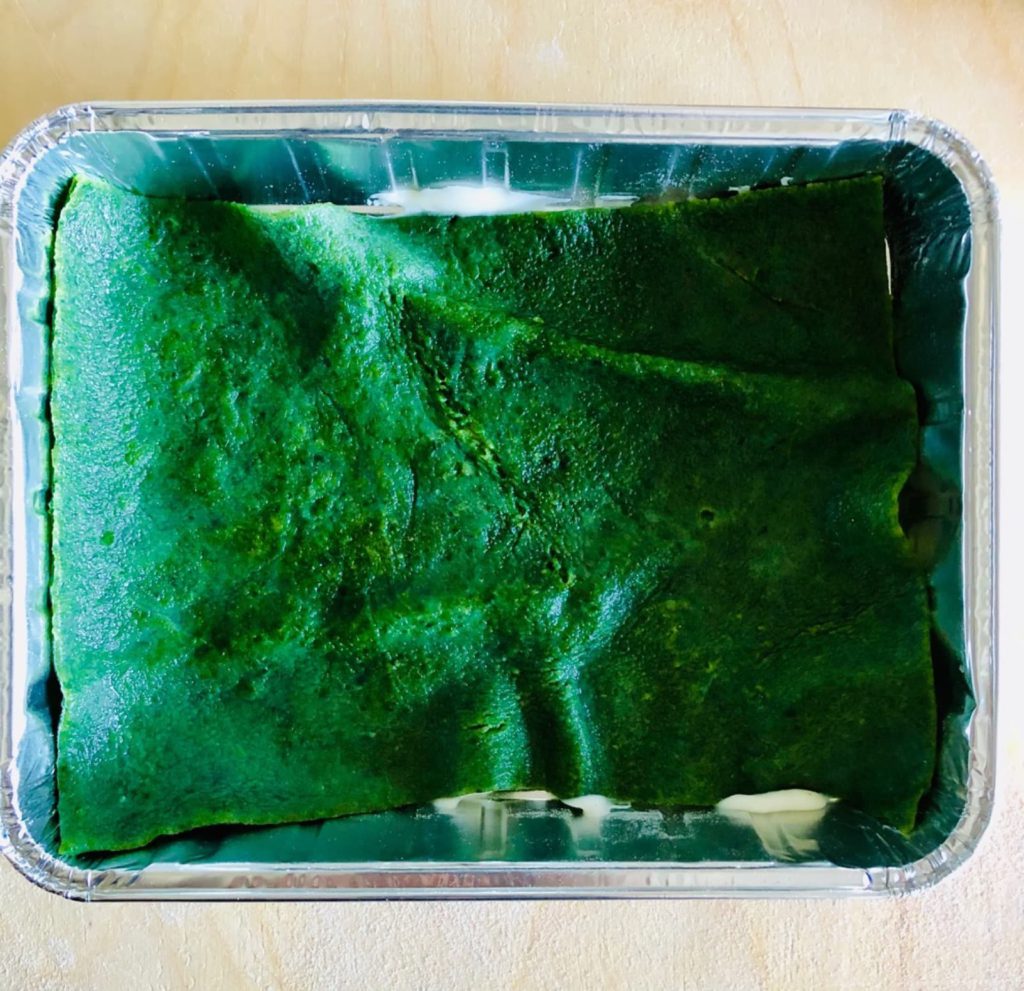
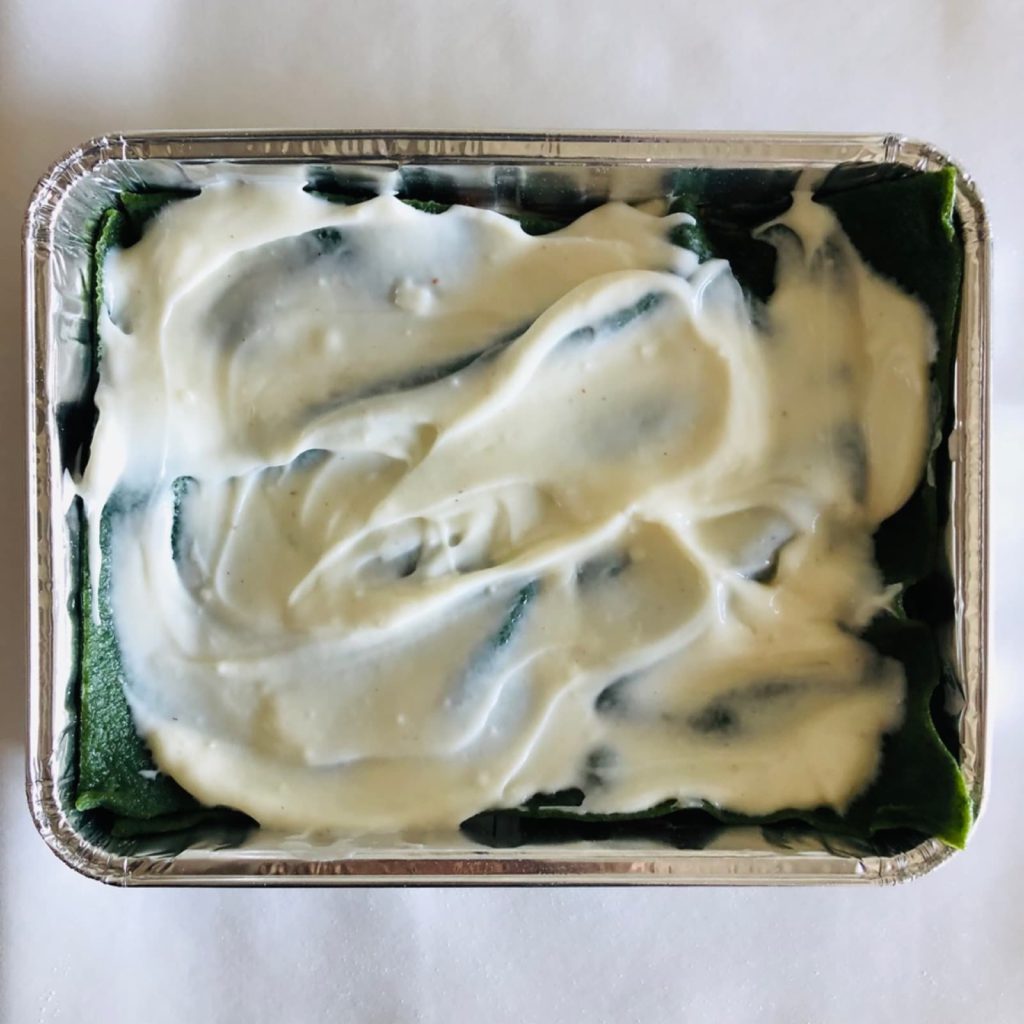
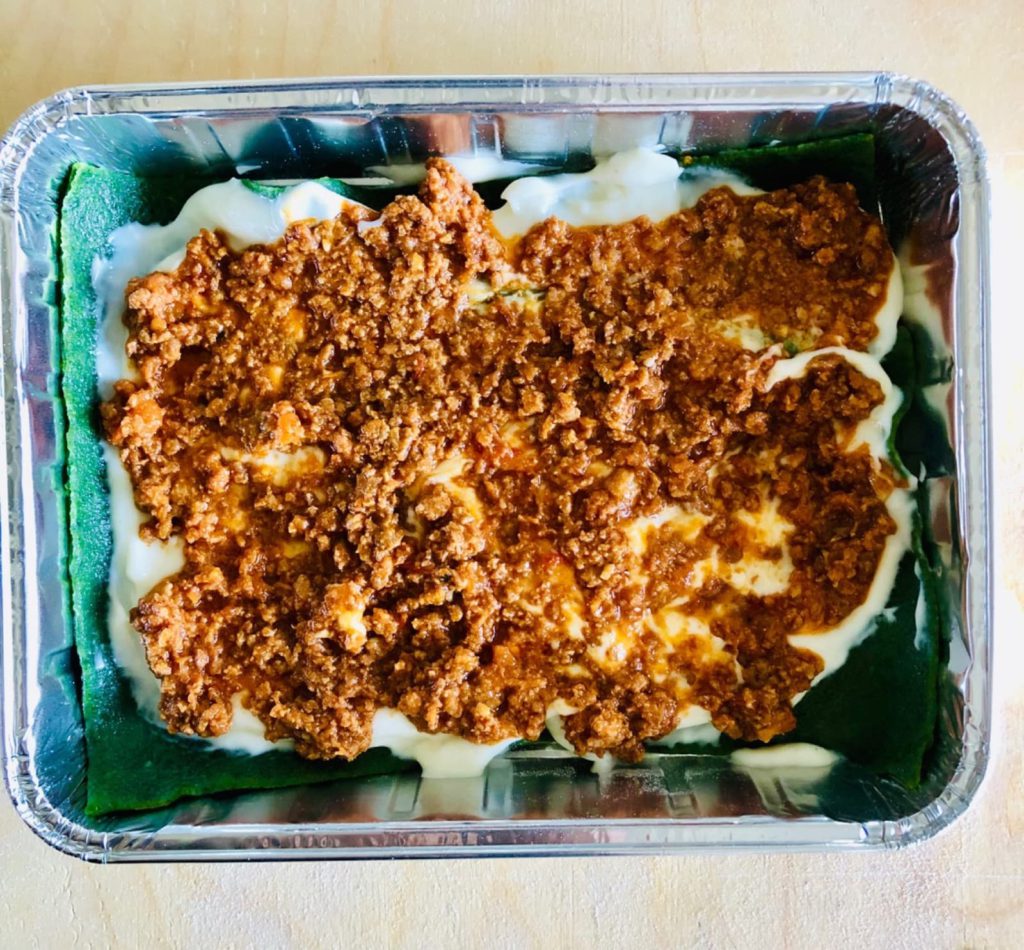
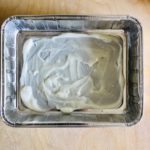
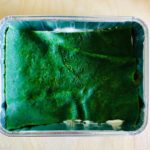


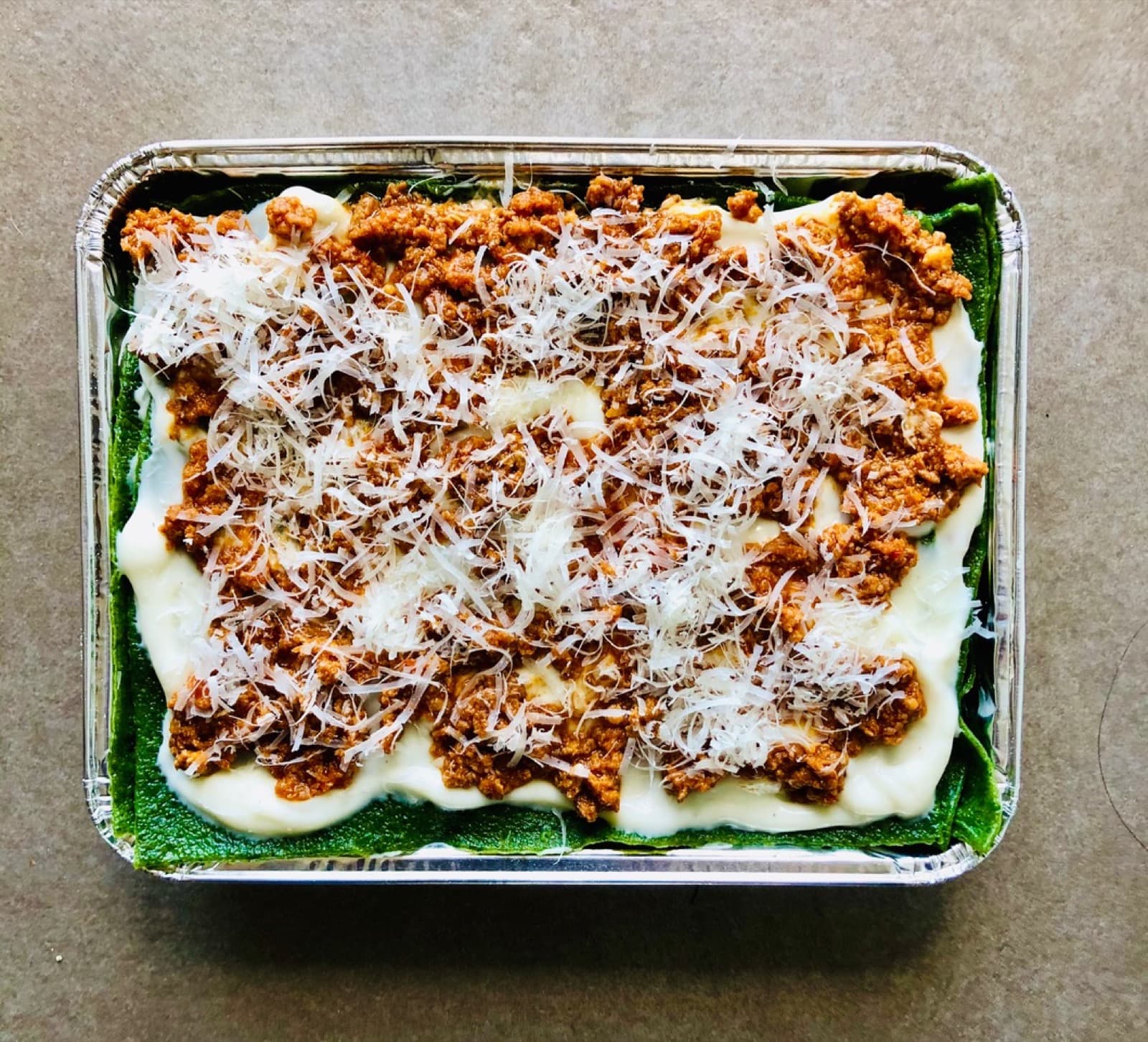
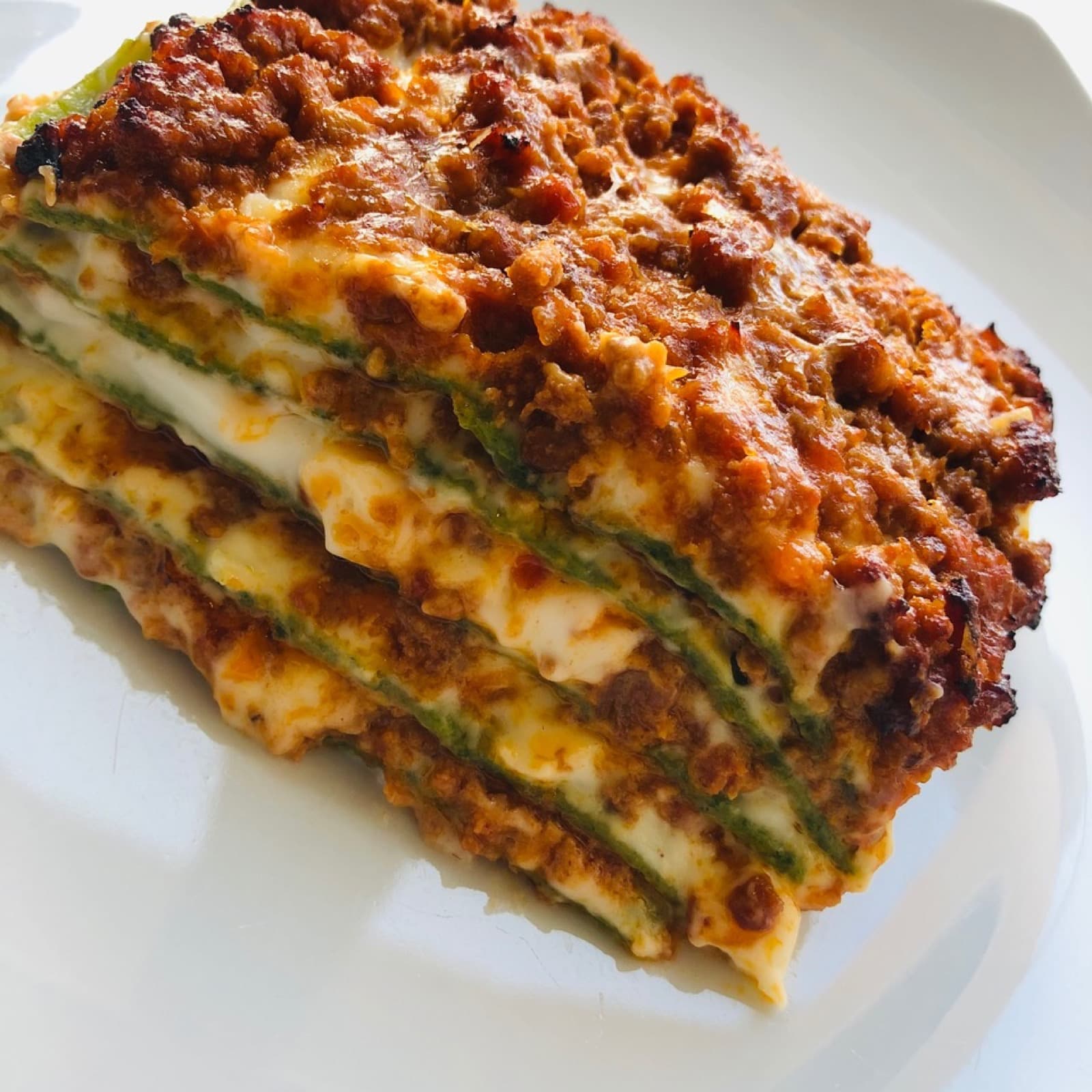
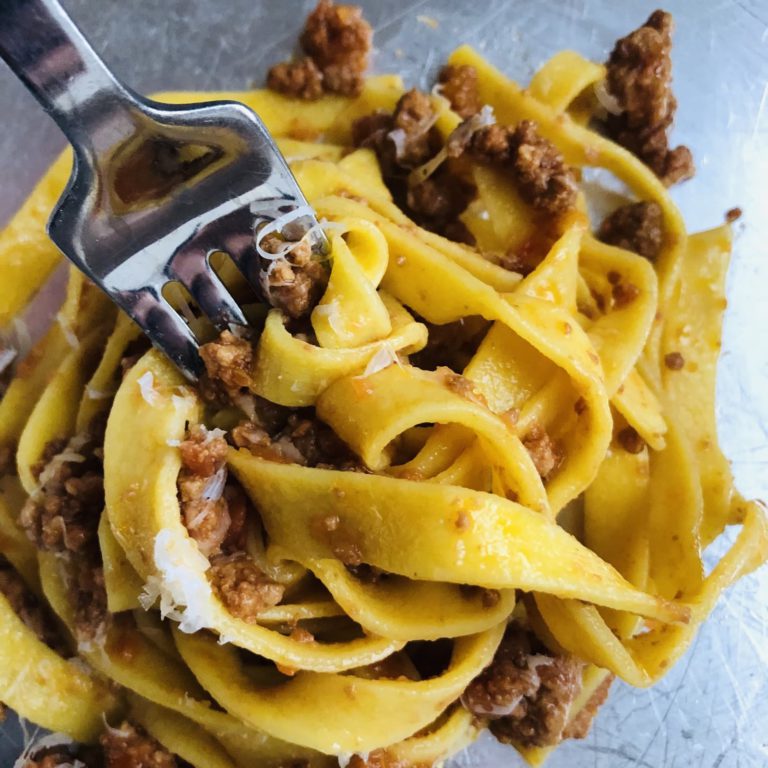
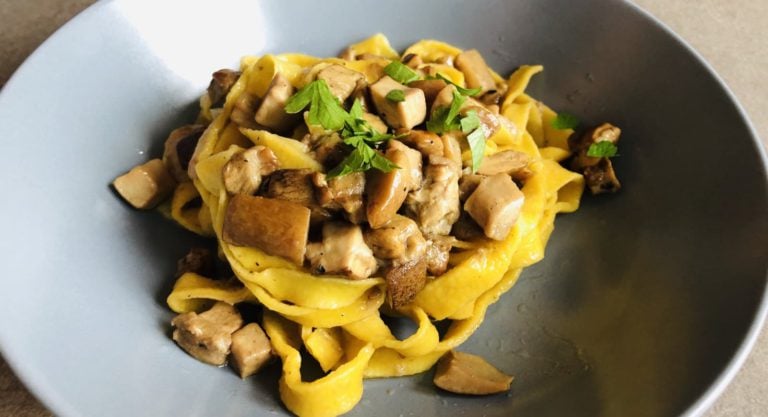
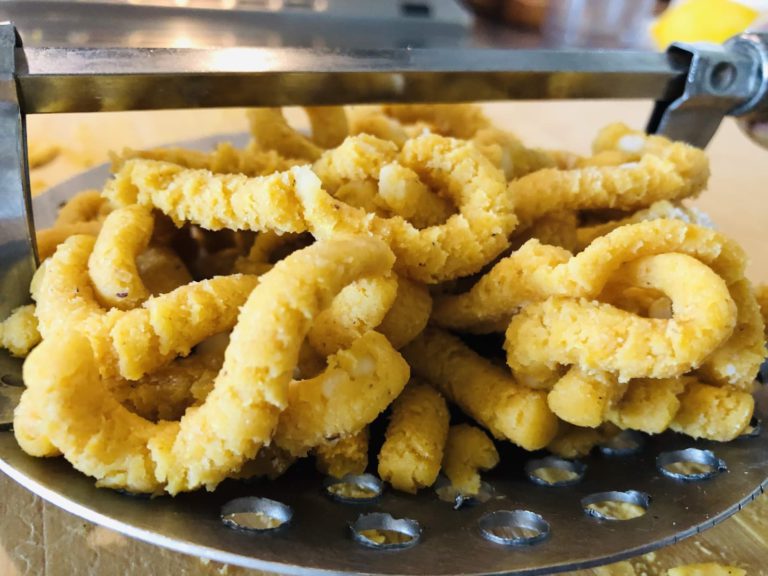
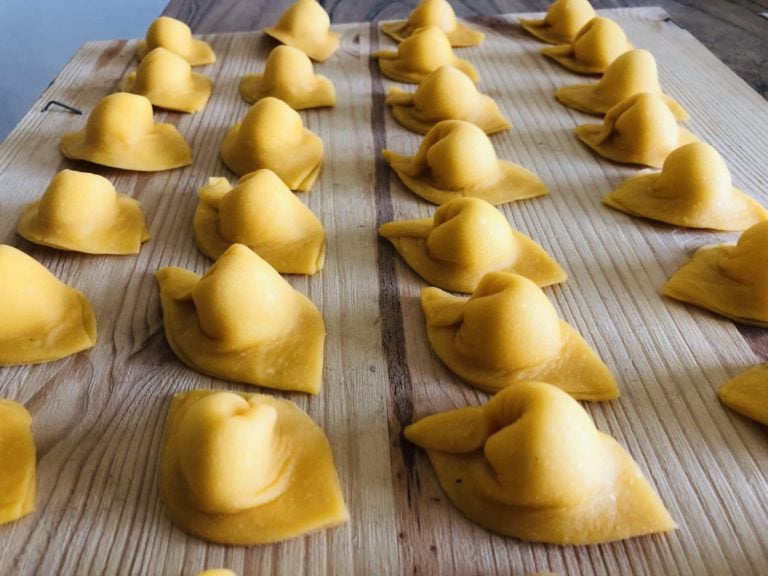
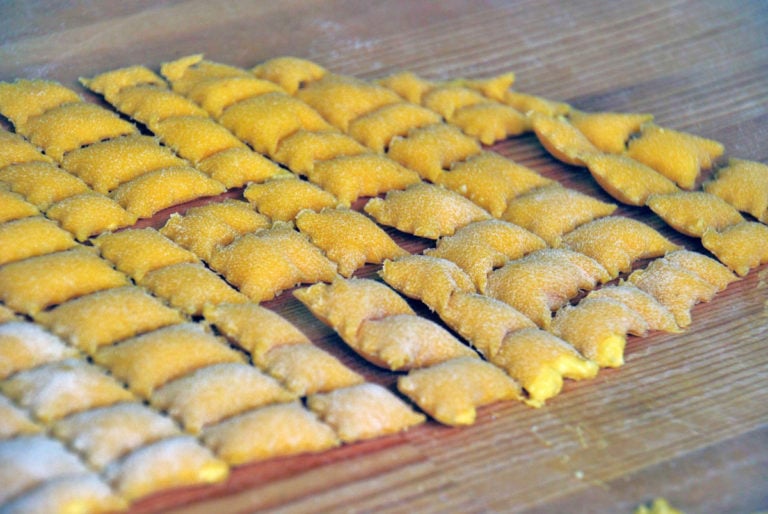
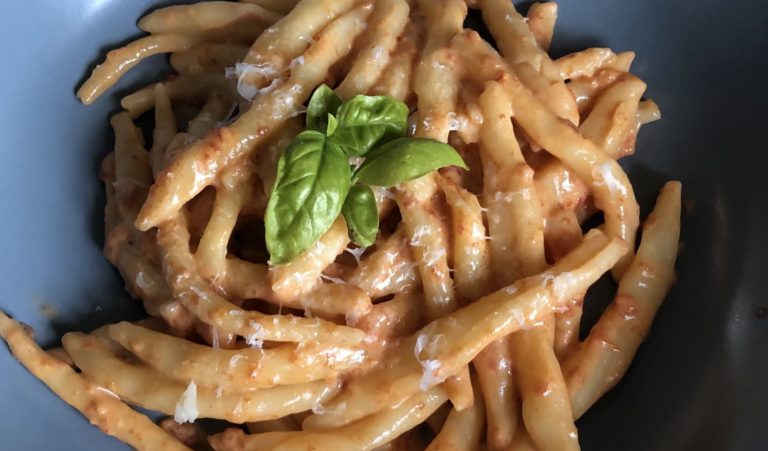
Arel
I tried this recipe and it turned out really good. Thanks for the recipe.